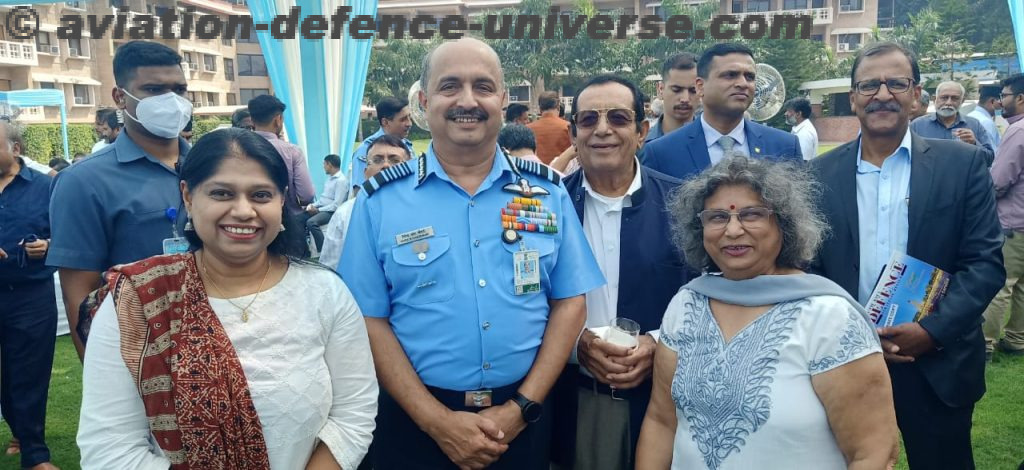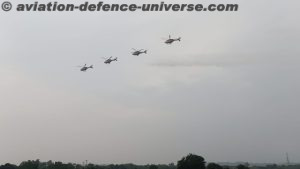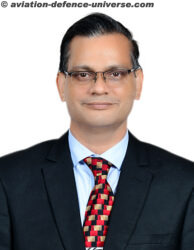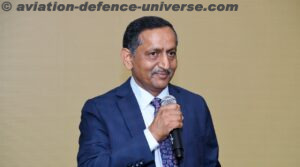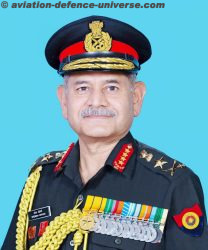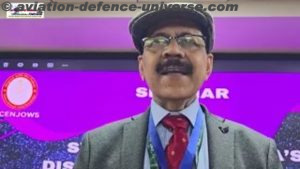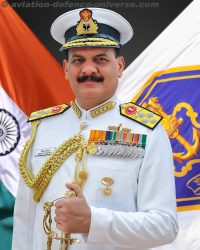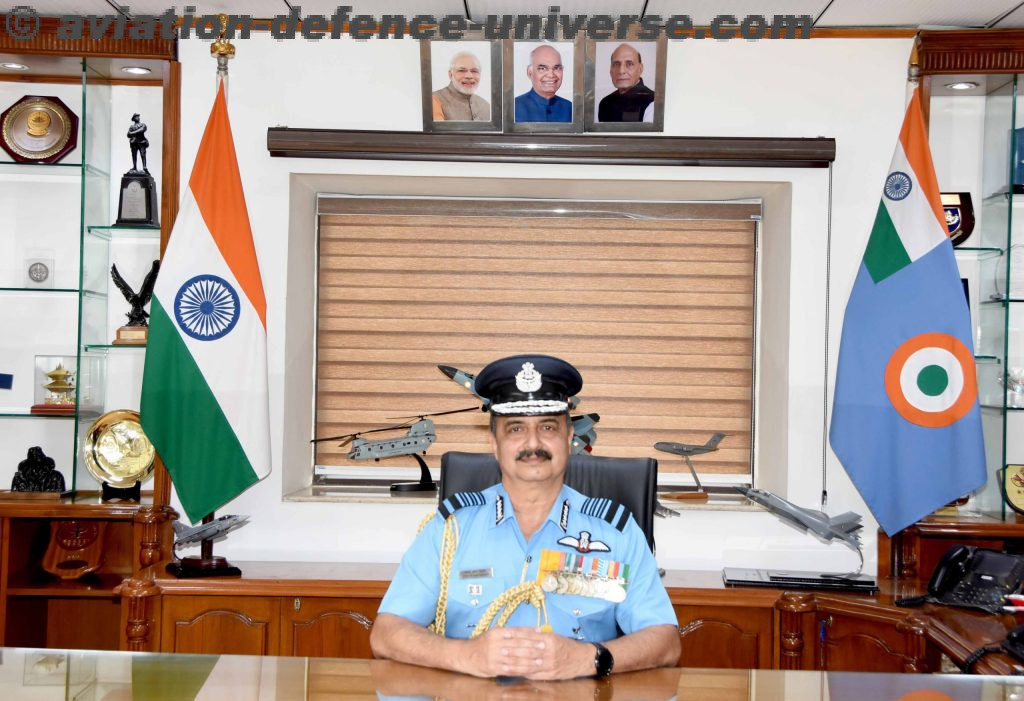
New Delhi. 18 October 2022. “IAF aims to reduce its dependency on foreign sourced equipment and rely on indigenisation and ‘Make in India’, thereby providing impetus to the domestic aerospace industry. In the eventuality of any envisaged void, we are sanguine that it will be met by a heterogeneous mix of indigenous effort and global support to ‘Make in India’, so that we can maintain our op capability,” reiterated Air Chief Marshal Vivek Ram Chaudhary PVSM, AVSM, VM, ADC Chief of the Air Staff Indian Air Force in an exclusive interview with Aviation & Defence Universe (ADU) .
ADU. 90 years and is IAF there where it must have envisaged at inception? What are the steps IAF is taking to reach the state-of-the-art status for a futuristic war?
CAS. Over the last nine decades, the IAF has come a long way in transforming seamlessly from a tactical force to a strategic one and today, IAF is one of the finest Air Forces in the world. We have demonstrated unrivalled adaptability and resilience and have grown leaps and bounds as a potent and effective fighting force. We continue to induct modern combat systems across the spectrum with Rafale, S-400 and LCH being the most recent. In the years ahead, induction of variants of LCA and AMCA are planned. Procurement of 114 MRFA through make in India is being progressed. Keeping in line with the Hon’ble RM’s vision, the IAF is taking positive steps to evolve into an Aerospace Force. The IAF is equipping & training itself in a manner that it can adapt to space-related functions quite easily.
The areas where the IAF is developing its capabilities in space include communications, navigation, Intelligence Surveillance and Reconnaissance (ISR) & Space Surveillance Network. Keeping the future air warfare strategies in mind, IAF has taken proactive steps to embed AI based technologies in all its war fighting processes. Absorption of AI is being enabled through AI Centre of Excellence with high end AI Servers and big data storage & analysis facilities. IAF is in the process of embedding these technologies in short and medium term in the areas of ISR, Command Control and Reporting, Campaign Planning, Forecasting Operational Stamina and aircraft maintenance.
ADU. Will Atmanirbhar Bharat and Make in India be helpful in filling the deficit IAF is facing or it does require imports still to hasten the process of filling the gap?
CAS. The vision of “Atmanirbhar Bharat” is central to our force planning process for the future. India’s evolving Indian aviation industry has demonstrated its capability to match global R&D standards. In this backdrop, it must be appreciated that it is a well-planned transformation to achieve selfreliance.
ADU. In an era when unmanned systems are important assets in military operations does IAF have a wishlist, a procurement plan or are you satisfied with the current UAV technology in the force?
CAS. The IAF is aware of the role of unmanned systems in future warfare and has initiated various programs to develop and integrate the concerned niche technologies. In addition to the development of HALE/ MALE, the IAF is also developing unmanned systems in collaboration with private industry. These programs include Manned Unmanned Teaming (MUM-T), Air Launched Flexible Assets – Swarm (ALFA-S) and Tactical Interdiction & Attack Air Vehicle (TIA-AV 50).
The IAF has prepared a roadmap for induction of RPAs to meet both the short term and long term operational requirements by addressing the limitations of the existing RPAs. The plan includes various types of RPA systems ranging from Small Drones and Counter Drone systems to the MALE & HALE class of RPAs, including those having an offensive capability. As far as enhancing our own offensive capability is concerned, the IAF is participating in lead activities towards the design and development of an indigenous UCAV. Various core teams have been formed between DRDO labs, IAF and other agencies involved in the Project. In addition, upgrade of the existing fleet of RPAs to integrate combat capability is also being progressed. At the same time, we are inducting counter drone systems to tackle the threat posed by small drones.
ADU. Where has IAF reached to incorporate theatre commands in its strategic and hierarchical structure? As per you will tri-service synergy give IAF expanded wings?
CAS. The deliberations are on, and we have covered a lot of ground on this aspect. We are confident that with detailed discussions and nuanced views, the final structure would be best for this country that would enable a ‘Whole of Nation’ approach, leveraging all elements of comprehensive national power towards National security and interests. When we talk of the ‘All of the Nation’ approach, we cannot restrict ourselves to only joint operations of the armed forces. It is the incorporation of all relevant departments of the government into evolving a cohesive national response. To a great extent, we have seen this evolve through some empowered multi-ministerial coordination bodies. The legacy mindset that the aerospace domain only becomes relevant when conventional war breaks out has been proven wrong. We have seen this during Balakot and increased air activity along the LAC in Eastern Ladakh. Aerospace power is scalable and very amenable for signalling. There is adequate scope of employment below the threshold of conventional war. Thus, appropriate resident expertise on aerospace matters needs to be incorporated in decision making and support bodies when considering response options in both continental and maritime domains.
ADU. Is there a deficit in the pilot and maintenance staff strength and are there plans to increase their intakes through all entries?
CAS. Presently, there is no deficit in the pilot and maintenance staff strength of IAF.
